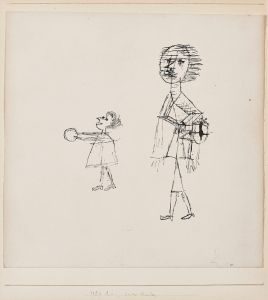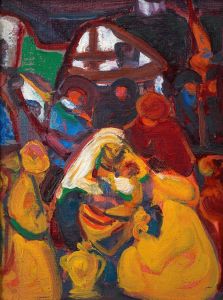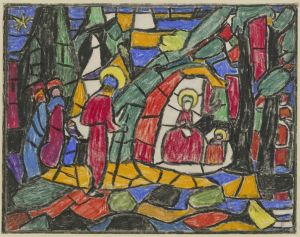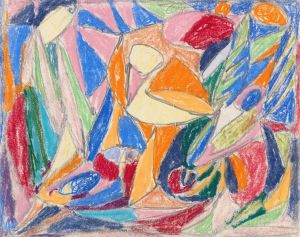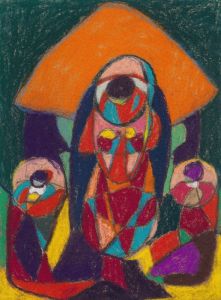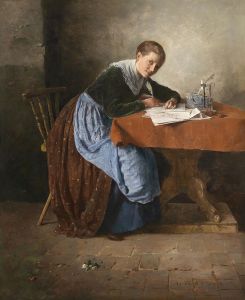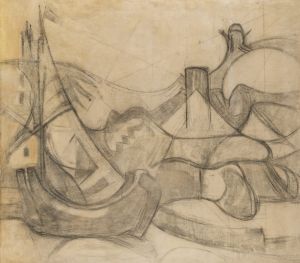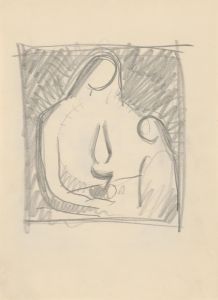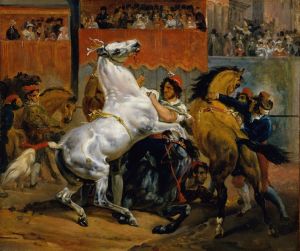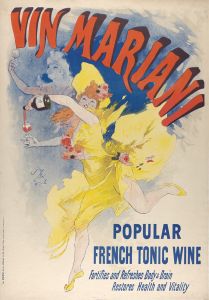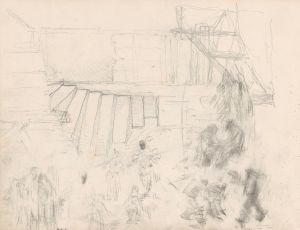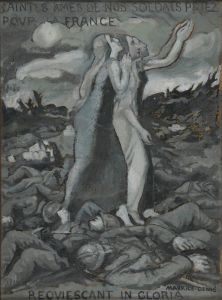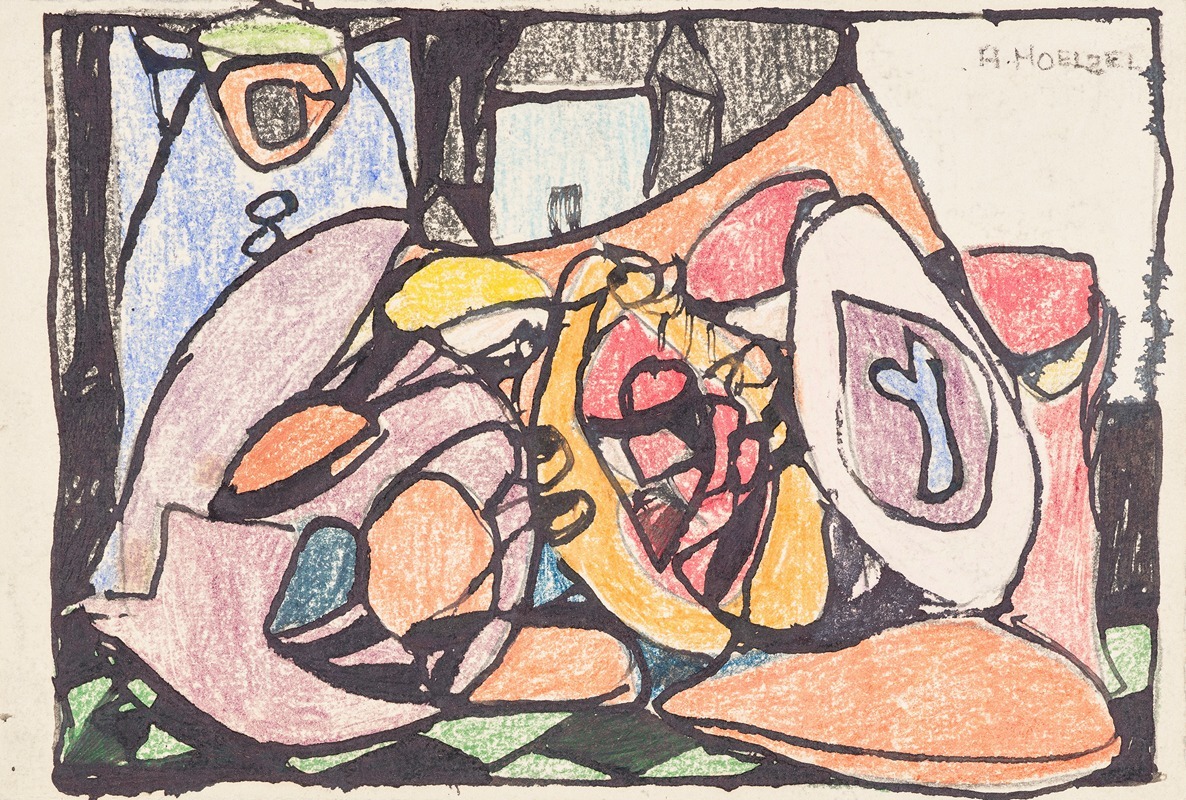
Farbige Einladungskarte
A hand-painted replica of Adolf Hölzel’s masterpiece Farbige Einladungskarte, meticulously crafted by professional artists to capture the true essence of the original. Each piece is created with museum-quality canvas and rare mineral pigments, carefully painted by experienced artists with delicate brushstrokes and rich, layered colors to perfectly recreate the texture of the original artwork. Unlike machine-printed reproductions, this hand-painted version brings the painting to life, infused with the artist’s emotions and skill in every stroke. Whether for personal collection or home decoration, it instantly elevates the artistic atmosphere of any space.
Adolf Hölzel was a pivotal figure in the development of modern art in Germany, known for his contributions to abstract art and his influence as a teacher. One of his notable works is "Farbige Einladungskarte," which translates to "Colored Invitation Card." This piece is emblematic of Hölzel's exploration into color theory and abstraction, reflecting his innovative approach to art during the late 19th and early 20th centuries.
Hölzel was born in 1853 in Olomouc, Moravia, which is now part of the Czech Republic. He studied at the Academy of Fine Arts in Vienna and later at the Academy of Fine Arts in Munich. His early work was influenced by Impressionism, but he gradually moved towards abstraction, becoming one of the pioneers of this movement in Germany. Hölzel's work often focused on the interplay of color and form, and he was deeply interested in the spiritual and emotional effects of color.
"Farbige Einladungskarte" is a testament to Hölzel's mature style, where he moved away from representational art to embrace abstraction. The piece is characterized by its vibrant use of color and geometric forms, which are arranged in a harmonious composition. This work reflects Hölzel's belief in the autonomy of color and form, a principle that he emphasized in his teachings and writings.
Hölzel's influence extended beyond his own artwork; he was a significant educator who taught at the Stuttgart Academy of Fine Arts. Among his students were several artists who would go on to become prominent figures in the art world, including Oskar Schlemmer, Johannes Itten, and Willi Baumeister. Hölzel's teachings emphasized the importance of color theory and the exploration of abstract forms, which had a lasting impact on his students and the development of modern art.
"Farbige Einladungskarte" can be seen as a reflection of Hölzel's theoretical ideas. The painting does not depict any recognizable objects or scenes but instead focuses on the arrangement of colors and shapes to evoke an emotional response. This approach was revolutionary at the time and contributed to the broader movement towards abstraction in European art.
Hölzel's work, including "Farbige Einladungskarte," is often associated with the broader context of early 20th-century art movements that sought to break away from traditional representational art. His emphasis on color and form influenced not only his contemporaries but also future generations of artists who continued to explore the possibilities of abstract art.
In summary, "Farbige Einladungskarte" by Adolf Hölzel is a significant work that exemplifies the artist's contributions to the development of abstract art. Through his innovative use of color and form, Hölzel challenged traditional artistic conventions and paved the way for future explorations in abstraction. His legacy as both an artist and a teacher continues to be recognized in the history of modern art.





